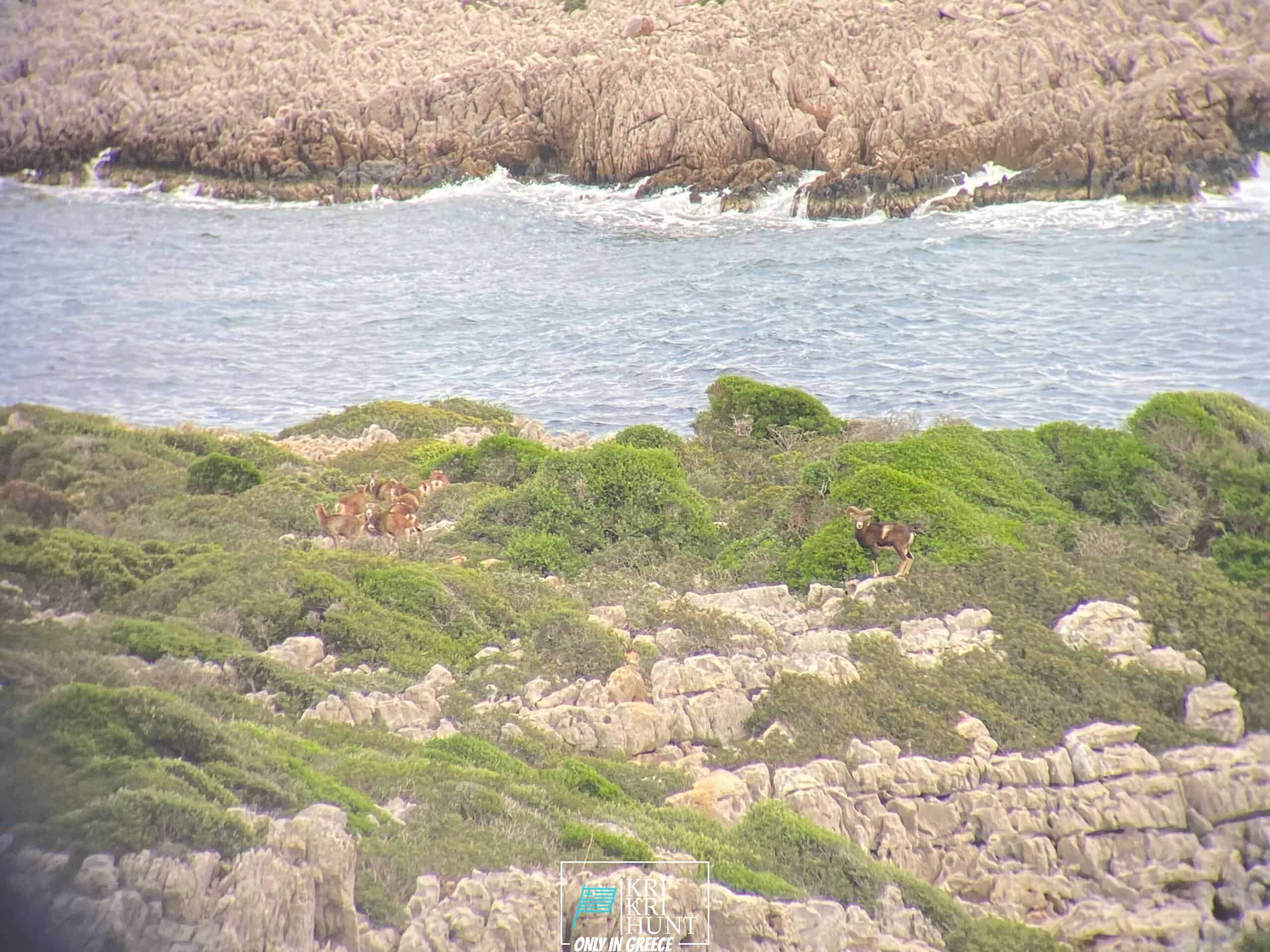Kri-kri ibex hunting in Greece-- your dream trip
Kri-kri ibex hunting in Greece-- your dream trip
Blog Article

The ibex search is an amazing trip and amazing searching expedition in Greece. It is not always a challenging search and also undesirable conditions for most hunters. What else would certainly you like to imagine during your tour of old Greece, diving to shipwrecks, and hunting for Kri Kri ibex on an exotic island for 5 days?

This Ibex is not a little Capra aegagrus bezoar ibex, which has migrated to the western extremity of this types' variety. The kri-kri (Capra aegagrus cretica), also known as the Cretan goat, Agrimi, or Cretan ibex, is a feral goat living in the Eastern Mediterranean. The kri-kri has a light brown layer with a darker neck collar. 2 sweeping horns project from the head. During the day, they hide to prevent visitors. In nature, the kri-kri can jump or climb relatively large cliffs.
Our exterior hunting, angling, as well as totally free diving scenic tours are the perfect method to see every little thing that Peloponnese has to provide. These scenic tours are made for tourists that want to get off the beaten path and actually experience all that this unbelievable region has to offer. You'll reach go searching in some of the most lovely wilderness areas in Greece, fish in crystal-clear waters for a selection of different species, and complimentary dive in several of one of the most stunning coastline in the Mediterranean. As well as best of all, our skilled guides will be there with you every step of the method to ensure that you have a risk-free as well as satisfying experience.
There is absolutely something for everyone in the Peloponnese peninsula. Whether you are interested in background and also culture or nature and also outside activities, this is a perfect destination for your next vacation. If you are short in a timely manner, our searching as well as touring Peloponnese Tours from Methoni is a terrific means to see every little thing this spectacular area needs to offer.And finally, your Kri Kri ibex trophy is waiting for you.
What is the diference between Kri Kri ibex, Bezoar ibex and hybrid ibex
The kri-kri is not thought to be indigenous to Crete, most likely having been imported to the island during the time of the Minoan civilization. Nevertheless, it is found nowhere else and is therefore endemic to Crete. It was common throughout the Aegean but the peaks of the 8,000 ft (2,400 m) White Mountains of Western Crete are their last strongholds–particularly a series of almost vertical 3,000 ft (900 m) cliffs called ‘the Untrodden’—at the head of the Samaria Gorge. This mountain range, which hosts another 14 endemic animal species, is protected as a UNESCO Biosphere Reserve. In total, their range extends to the White Mountains, the Samaria National Forest and the islets of Dia, Thodorou, and Agii Pandes.
This Ibex is NOT a diminutive form of the Bezoar Ibex, which has migrated into the western-most reach of the range of this species. The kri – kri (Capra aegagrus cretica), sometimes called the Cretan goat, Agrimi, or Cretan Ibex, is a feral goat inhabiting the Eastern Mediterranean, previously considered a subspecies of wild goat. The kri-kri has a light brownish coat with a darker band around its neck. It has two horns that sweep back from the head. In the wild they are shy and avoid tourists, resting during the day. The animal can leap some distance or climb seemingly sheer cliffs.
“The agrimi goat Capra aegagrus cretica is unique to Crete and its offshore islands. It has been identi®ed as a sub-species of the wild bezoar goat Capra aegagrus aegagrus Erxleben, 1777, which it closely resembles in horn shape, body form and coloration. This classi®cation has been disputed by some researchers who claim that the agrimi are feral goats, derived from early domestic stock brought to the island by the ®rst Neolithic settlers. In order to clarify this issue, DNA analyses (cytochrome b and D loop sequences) were carried out on tissue of live and skeletonized agrimi and compared to sequences of wild and domestic caprines. Results conclusively show the agrimi to be a feral animal, that clades with domestic goats (Capra hircus) rather than with wild Asiatic bezoar. This study demonstrates that morphometric criteria do not necessarily re¯ect genetic af®nities, and that the taxonomic classi®cation of agrimi should be revised.”
Report this page